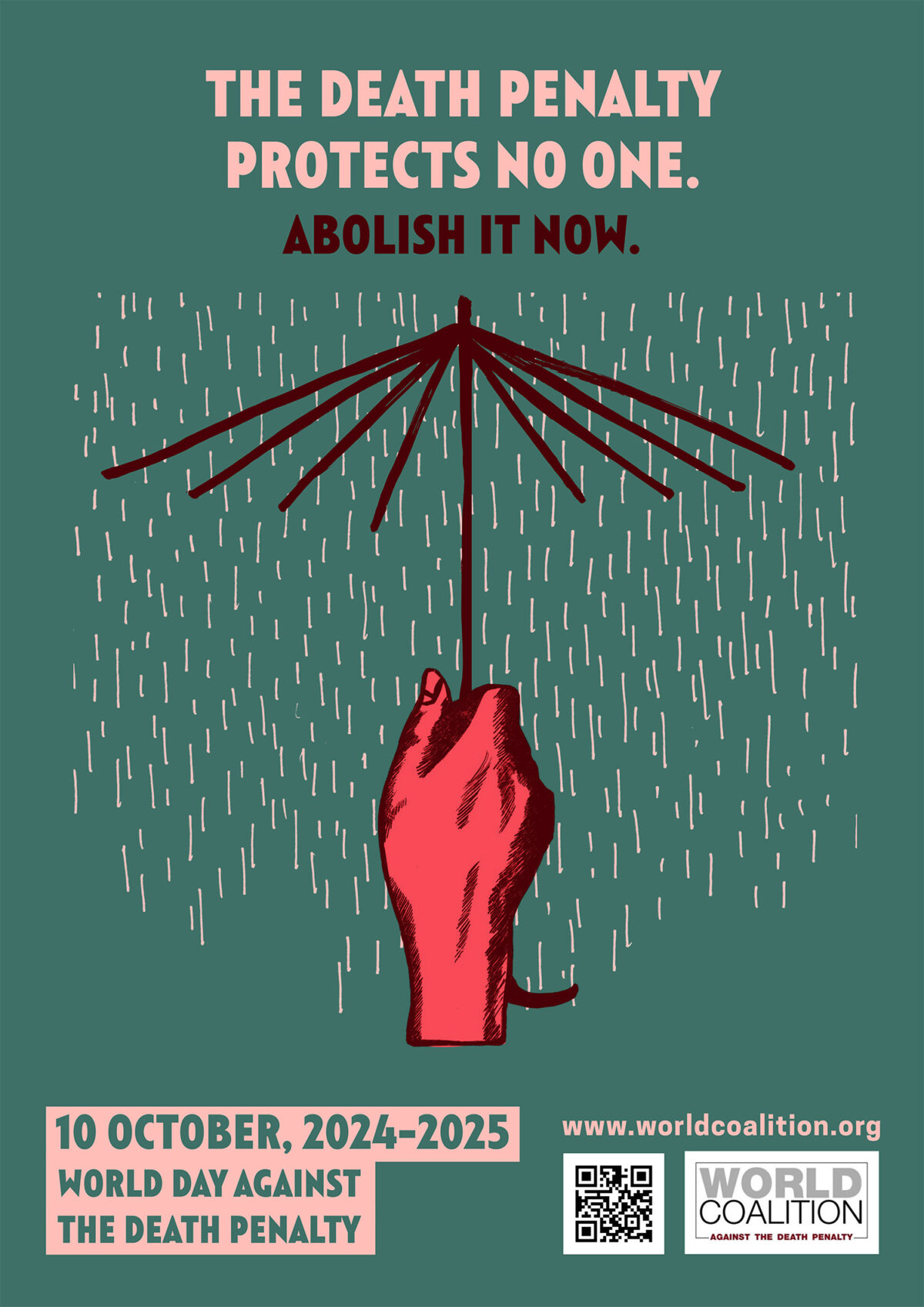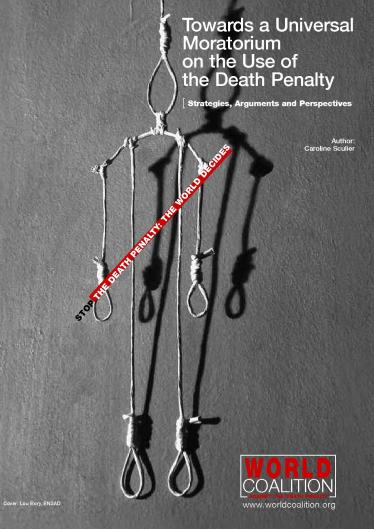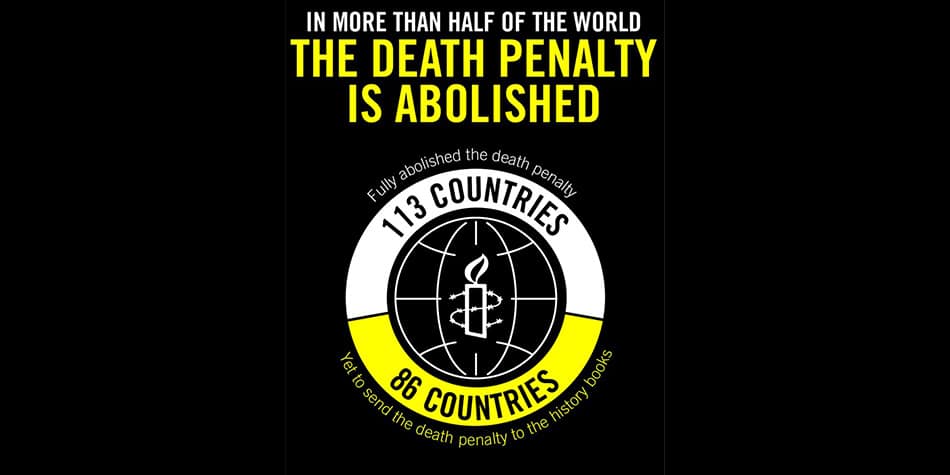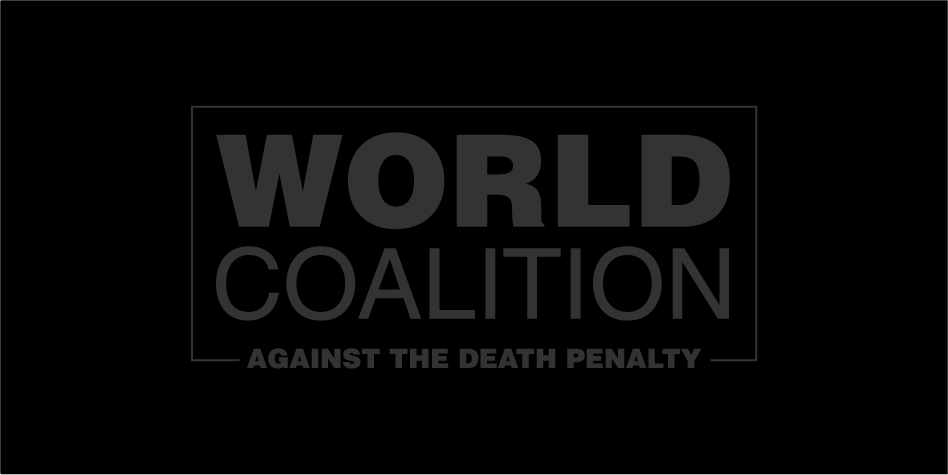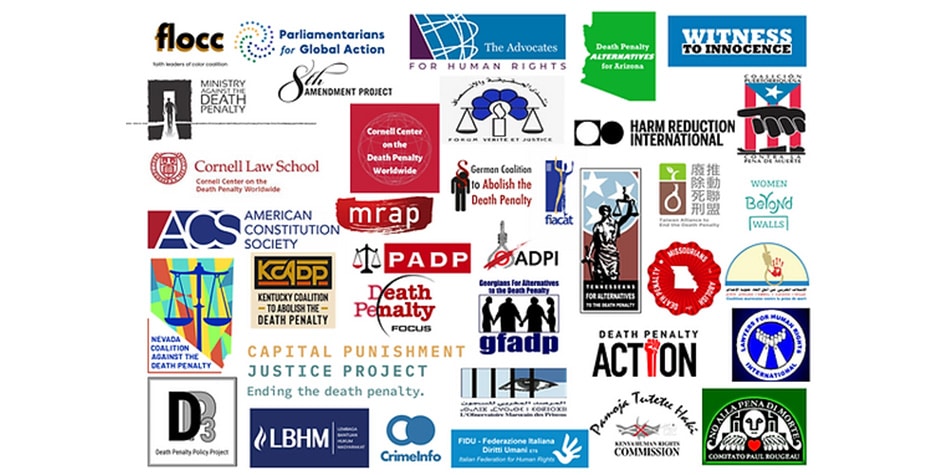While we wait for the Supreme Court
Abolition
On September 25, 2007 the US Supreme Court accepted to review the arguments regarding the constitutionality of the lethal injection protocol as it is administered in most of the killing states in the US. Since then, the abolitionist community (particularly in Texas where the killing machine appears to never pause or think) has expressed a sigh of relief. But we are also aware that the issue raised by the case Baze v Rees in Kentucky will, in no way, help us make significant progress on the road to abolition.
To summarise the issue at stake, the question only deals with the method used to kill and not whether it is constitutional to kill a human being. The current lethal injection cocktail outlines a number of very disturbing questions.
First of all, lethal injection is administered by unqualified staff and the debate rages on in the medical community where it is ethically forbidden for any member of this profession to be an actor of the execution process. In some cases, those in charge of the execution have used lethal injection as an ultimate gesture of vengeance, submitting the person sentenced to death to additional torture.
Secondly, from a more scientific perspective, nobody can currently give an accurate assessment of the consequences of the three-drug cocktail (1. Sodium Tiopenthal, 2. Pancuronium Bromide, 3. Potassium Chloride) , let alone the combined effect of this cocktail mixed in human blood.
We could also raise the issue of conscious awareness, which does not solely affect death row prisoners: patients have suffered the same fate while undergoing surgery during which they were paralysed, therefore unable to communicate or express their suffering, but totally awake in a state of “conscious awareness”.
It appears clearly today that sodium tiopenthal is used strictly for the comfort of those witnessing the execution and not in order to “euthanise” a person. Lethal injection in the United-States still does not meet veterinarian standards. A one-dose of barbiturate would suffice to put someone to sleep, then to death, without suffering or torture.
Executions will resume in 2008
Should the Supreme Court decide that the lethal injection protocol, as it has been used until recently, is constitutional, fresh executions will be scheduled very quickly, in late June or early July. Should the Supreme Court decide to set a new standard for the lethal injection cocktail, the states will modify the execution protocol accordingly; many of them are already preparing for it, and executions will probably resume, in the best of cases, in the autumn of 2008. The only satisfaction that would result from it would be to know that those who will be executed won’t be put to death while enduring barbaric suffering.
In the first case scenario, the abolitionist community will pick up its favourite argument: lethal injection is a torture, which still won’t help abolition itself. In the second case, the cause will take three steps back as those in favour of capital punishment will argue that the execution protocol is now“humane”.
It is true that in a state like Texas, where executions are frequent (on average two to three per month), the diversity of arguments against the death penalty is a necessary tool for the educational process. The method of execution, the number of inmates exonerated from death rows, the financial cost of capital cases or the human price of a political justice which does not care for the truth: we are forced to play all those cards because the horror is a daily reality.
One must note that the American criminal justice system is mostly political as its main actors are elected. They are therefore accountable to their voters and have to campaign to raise funds for the next election. Such a justice system feeds itself on a culture of results and immediacy. It maintains a major conflict of interest with the very concept of justice and it can never be impartial. Corruption is endemic and deeply rooted.
Only one question remains: the validity of capital punishment
After having read the transcript of the oral arguments on Baze v Rees on January 7, it appears clearly that the Justices are very divided on the issue and they are not about to accept a case that would ask the only valid question: is there one method of execution that would be humane and not violate the founding principles of the American Constitution?
We all dream of such a Supreme Court, but it is not about to happen any time soon. In the meantime, many death row prisoners will die, whether at the hands of barbarians without principles and consciousness or at the hands of men who will have restored a little dignity for the dying death row prisoners.
Unless the international political community and the media get involved, as they should have done decades ago, barbarity made in USA will go on in general indifference.
The European Union, which has been preaching for universal abolition for years, must reassess its choices when striking trade deals with killing states in America and actively fight the killing beast with acts rather than with meaningless words.
We will not give up and we will not lose hope, even though from visits on death row to executions and along the road of indifference we all lose a little bit of ourselves.
We must fight with a clear agenda, without using side issues, because there is only one reason to justify abolition: the justice of men in the 21st century cannot kill.
Supreme Court photo: Andifeelfine


